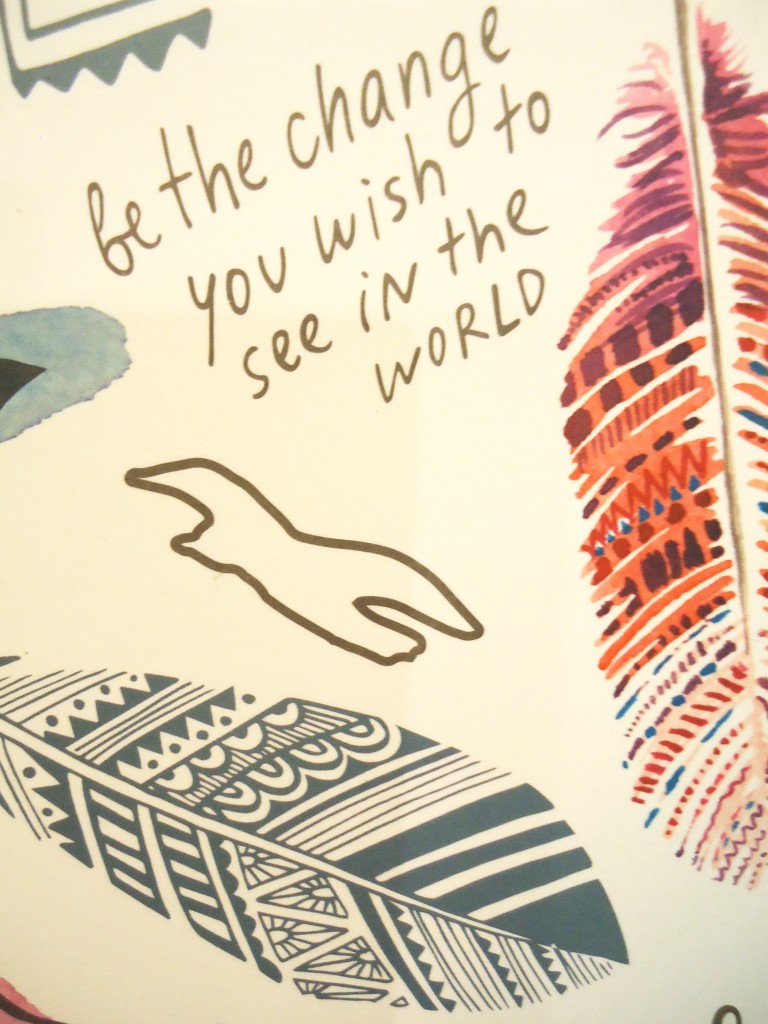
At the top of my Facebook page today, there was a white dove flying on a red background and a heading “International Day of Peace.” With the state of the world the way it is right now, I was glad to be made aware of this “peace” day. Today is the day that the UN set aside since 1981 for nations and peoples world-wide to celebrate and be mindful of the importance of peace. In 1982, when the first International Day of Peace was observed, this is what UN Secretary-General Ban Ki-moon said: “Let us all work together to help all human beings achieve dignity and equality; to build a greener planet; and to make sure no one is left behind.”

The ideal of peace and the reality of peace, as we are all aware though, are two completely different things. In our all too human hearts, we desperately want this peace, but how to achieve it, that is the question? Yet, we have to be grateful to organizations like the United Nations for the work they are doing to help to foster peaceful resolutions to the difficult questions we face today. The theme for this year’s International Day of Peace is the Sustainable Development Goal: Building Blocks for Peace.

Since my interest was peaked by what I saw on Facebook about this being the International Day of Peace and this year’s theme, I wanted to find out more. I wasn’t sure what these Sustainable Goals constituted and for those of you like myself, who may not know, this is what I found on Wikipedia:
The Official Agenda for Sustainable Development adopted on 25 September 2015 has 92 paragraphs, with the main paragraph (51) outlining the 17 Sustainable Development Goals and its associated 169 targets. This included the following goals:[19][1]
No Poverty – End poverty in all its forms everywhere[20] Targets.
Extreme poverty has been cut by more than half since 1990- however, more than 1 in 5 people live on less than $1.25 a day
Poverty is more than lack of income or resources- it includes lack of basic services, such as education, hunger, social discrimination and exclusion, and lack or participation in decision making.
Gender inequality plays a large role in the perpetuation of poverty and it’s risks; They then face potentially life-threatening risks from early pregnancy, and often lost hopes for an education and a better income [2]
Zero Hunger – End hunger, achieve food security and improved nutrition and promote sustainable agriculture[21] Targets.
Globally, 1 in 9 people are undernourished, the vast majority of these people live in developing countries
Agriculture is the single largest employer in the world, providing livelihoods for 40 per cent of today’s global population. It is the largest source of income and jobs for poor rural households. Women comprise on average 43 per cent of the agricultural labor force in developing countries, and over 50 per cent in parts of Asia and Africa, yet they only own 20% of the land [3]
Poor nutrition causes nearly half (45 per cent) of deaths in children under five – 3.1 million children each year.
Good Health and Well-being – Ensure healthy lives and promote well-being for all at all ages[22] Targets.
Significant strides have been made in increasing life expectancy and reducing some of the common killers associated with child and maternal mortality, and major progress has been made on increasing access to clean water and sanitation, reducing malaria, tuberculosis, polio and the spread of HIV/AIDS.
However, only half of women in developing countries have received the health care they need, and the need for family planning in increasing exponentially, while the need met is growing slowly- more than 225 million women have an unmet need for contraception [4]
An important target is to substantially reduce the number of deaths and illnesses from pollution-related diseases.
Quality Education – Ensure inclusive and equitable quality education and promote lifelong learning opportunities for all[23] Targets.
Major progress has been made for education access, specifically at the primary school level, for both boys and girls. However, access does not always mean quality of education, or completion of primary school. Currently, 103 million youth worldwide still lack basic literacy skills, and more than 60 per cent of them are women
Target 1 “By 2030, ensure that all girls and boys complete free, equitable and quality primary and secondary education leading to relevant and Goal-4 effective learning outcomes”- shows the commitment to nondiscriminatory education outcomes
Gender Equality – Achieve gender equality and empower all women and girls[24] Targets.
Providing women and girls with equal access to education, health care, decent work, and representation in political and economic decision-making processes will fuel sustainable economies and benefit societies and humanity at large
While a record 143 countries guaranteed equality between men and women in their Constitutions by 2014, another 52 had not taken this step. In many nations, gender discrimination is still woven through legal and social norms [25]
Though goal 5 is the gender equality stand-alone goal- the SDG’s can only be successful if women are completely integrated into each and every goal
Clean Water and Sanitation – Ensure availability and sustainable management of water and sanitation for all[26] Targets.
Affordable and Clean Energy – Ensure access to affordable, reliable, sustainable and clean energy for all[27] Targets.
Decent Work and Economic Growth – Promote sustained, inclusive and sustainable economic growth, full and productive employment and decent work for all[28] Targets.
Industry, Innovation and Infrastructure – Build resilient infrastructure, promote inclusive and sustainable industrialization and foster innovation[29] Targets.
Reduced Inequalities – Reduce income inequality within and among countries[30] Targets
Sustainable Cities and Communities – Make cities and human settlements inclusive, safe, resilient and sustainable[31] Targets.
Responsible Consumption and Production – Ensure sustainable consumption and production patterns[32] Targets.
Climate Action – Take urgent action to combat climate change and its impacts by regulating emissions and promoting develoments in renewable energy[33] Targets.
Life Below Water – Conserve and sustainably use the oceans, seas and marine resources for sustainable development[34] Targets.
Life on Land – Protect, restore and promote sustainable use of terrestrial ecosystems, sustainably manage forests, combat desertification, and halt and reverse land degradation and halt biodiversity loss[35] Targets.
Peace, Justice and Strong Institutions – Promote peaceful and inclusive societies for sustainable development, provide access to justice for all and build effective, accountable and inclusive institutions at all levels[36] Targets.
Partnerships for the Goals – Strengthen the means of implementation and revitalize the global partnership for sustainable development[37] Targets.
As of August 2015, there were 169 proposed targets for these goals and 304 proposed indicators to show compliance.[38]

I know that the above information on this year’s theme of sustainable development goals and targets is a lot to take in. However, I feel better informed now and hope this was enlightening for you too. Many events are planned to observe this day globally. For information happening in your neck of the woods, check out your local news. A peace meditation was held in High Park, Toronto, last Sunday – just read about it on the internet.
Have a Happy International Day of Peace!
